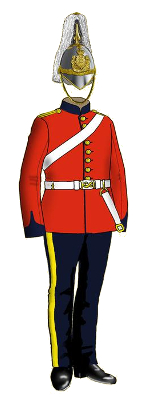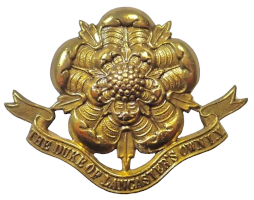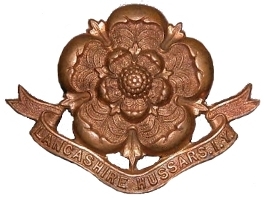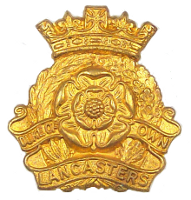│
of Yeomanry Cavalry
│
Regiment of Yeomanry Cavalry
│
│
│
Regiment of Yeomanry Cavalry
│
│
│
│
│
│
│
│
1st Lancashire Light Horse Volunteer Corps
│
│
│
│
│
│
│
│
│
│
│
│
5th Lancashire
Rifle Volunteer Corps
│
│
│
│
│
│
│
19st Lancashire
Artillery Volunteer Corps
│
│
│
│
│
│
│
│
│

│

│
│
│
| co-sponsored 23rd (Duke of Lancaster’s Own) Company, 8th Battalion, 32nd (Lancashire) Company, 2th Battalion, Imperial Yeomanry |
│
│
│
| co-sponsored 23rd (Duke of Lancaster’s Own) Company, 8th Battalion, 32nd (Lancashire) Company, 2th Battalion, sponsored 77th (Manchester) Company, 8th Battalion, Imperial Yeomanry |
Imperial Yeomanry
Imperial Yeomanry

│

│
Yeomanry (TF)
Yeomanry (TF)

│

│
1918:
Duke of Lancaster’s Own
Yeomanry
│
Lancashire Hussars
Yeomanry
│
│
│
Royal Field Artillery (TF)
│
Yeomanry (TA)
│
│
Army Brigade,
Royal Field Artillery (TA)
│
│
│
│
Army Field Brigade,
Royal Artillery (TA)
│
│
│
│
Regiment,
Royal Horse Artillery (TA)
│
Royal Artillery (TA)
│
│





Yeomanry)
Medium Regiment,
Royal Artillery
│
Yeomanry)
Medium Regiment,
Royal Artillery
│
│
│
│
│
Royal Horse Artillery (TA)
│
│
│
│
│
│
│
│
│
│
│
│
│
│
│
│
Royal Artillery
│
│
│
│
│
│
│
│
│
│
Royal Artillery
(Lancashire Yeomanry)
│
Royal Artillery
(Lancashire Yeomanry)
│
│
│
│
│
│
│
│
│
│
│
│
│
│
│
│
│
│
│
Yeomanry (TA)
| transferred to The Royal Armoured Corps |
Royal Artillery
(Lancashire Hussars) (TA)
│
│
Royal Artillery
(Lancashire Yeomanry)
│
│
Royal Artillery (TA)
│
│
│
│
│
│
│
│
│
Royal Artillery
(Lancashire Yeomanry)
│
│
│
│
│
│
│
│
│
│
│
│
│
│
390th Light Anti-Aircraft Regiment,
Royal Artillery
(King’s Own) (TA)
│
│
│
│
│
│
│
│
│
│
│




│
│
│
Royal Artillery
(Lancashire Hussars) (TA)
│
│
│
│
│
│
Royal Artillery
(Lancashire Hussars) (TA)
│
│

│

│

│
│
│
│
│
│
│
│
│
Q (Wirral) Battery,
441st Light Anti-Aircraft Regiment,
Royal Artillery (TA)
│
│
│
│
287th (1st West Lancashire)
Medium Regiment,
Royal Artillery (TA)
and Army Volunteer Reserve
B Squadron,
The Duke of Lancaster’s Own
Yeomanry
(Royal Tank Regiment)
(Territorials)